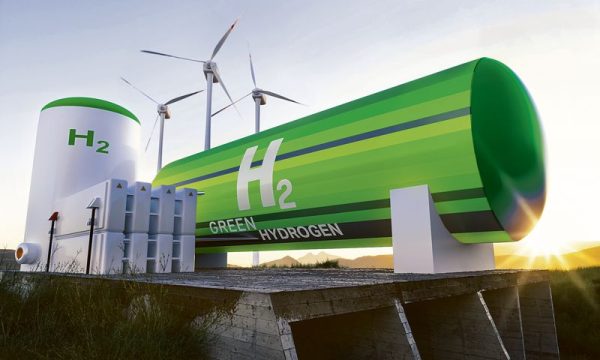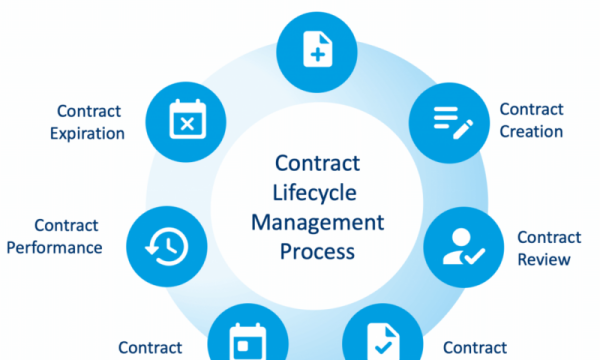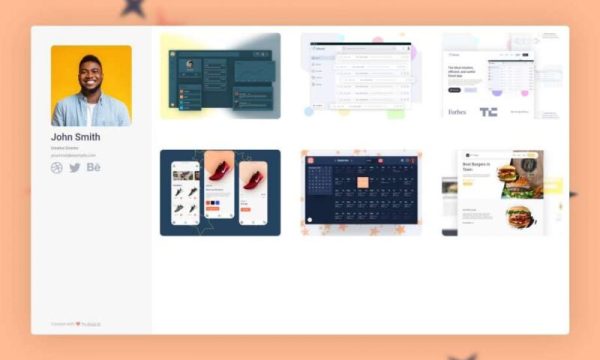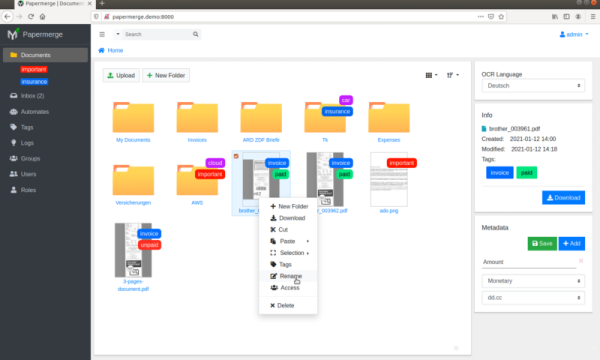In today’s digital age, it’s super important for businesses in the industrial and manufacturing sector to have a killer online presence. As we all rely more on the internet for info and shopping, having a top-notch website is key. Your site should not only show off what you offer but also grab the attention of potential customers. That’s where industrial and manufacturing web design steps in.
Toc
Industrial and manufacturing web design is about more than just making a pretty website. It’s all about getting what makes this industry unique and tailoring the design to fit. These websites need to find the sweet spot between being user-friendly, looking good, and working well to get their brand message across and bring in leads.
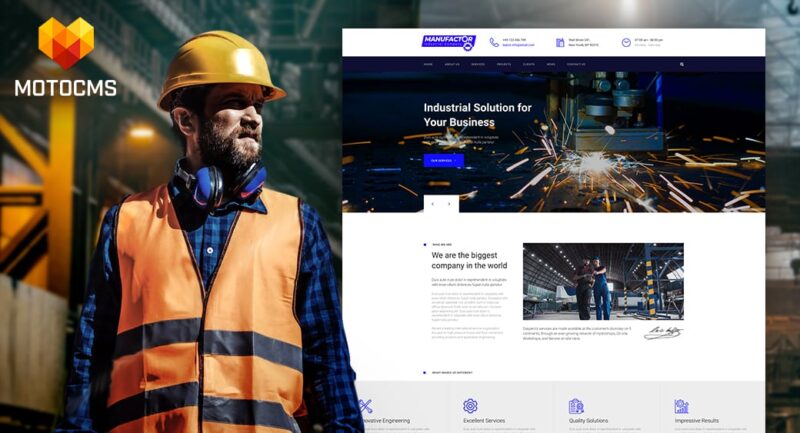
Imagine your website as a digital storefront, where potential customers stroll by and decide whether to step inside or continue their search elsewhere. A well-designed website acts as a magnet, drawing visitors in with its sleek design, intuitive navigation, and compelling content. It creates a seamless user experience that guides visitors towards desired actions, such as requesting a quote, downloading a brochure, or making a purchase.
In the fast-paced online world, grabbing and retaining visitors’ attention is paramount. A professionally designed industrial and manufacturing website showcases your products and services in a way that captivates and resonates with your target audience. It establishes your brand as a trustworthy and authoritative presence in the industry, instilling confidence in potential customers.
To achieve all this and more, industrial and manufacturing web design must go hand in hand with search engine optimization (SEO). By optimizing your website for search engines, you increase its visibility in search results, driving organic traffic and potential customers to your virtual doorstep. In the following sections, we’ll delve into the key elements of effective industrial and manufacturing web design, best practices for SEO, and provide real-life examples of successful websites in this industry.
Remember, in today’s competitive online landscape, a well-designed website tailored to the industrial and manufacturing sector is your ticket to standing out from the crowd. So, let’s embark on this journey together and unlock the secrets of industrial and manufacturing web design for ultimate online success.
Understanding Industrial and Manufacturing Web Design
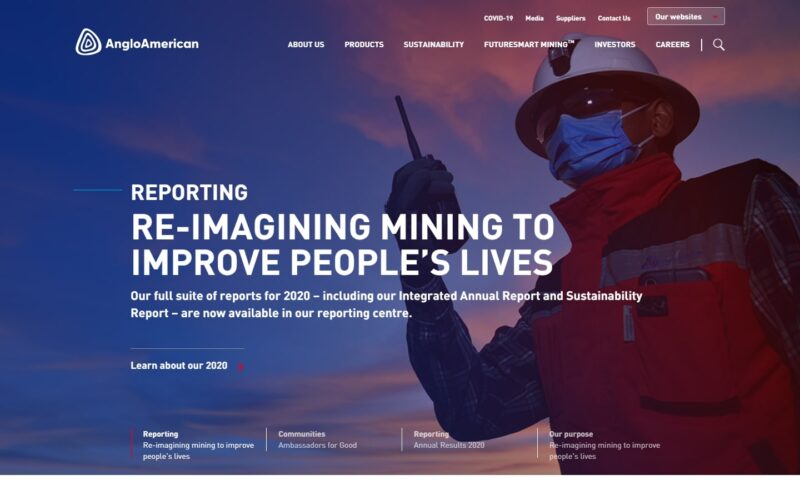
Unique Requirements of Industrial and Manufacturing Websites
When it comes to designing websites for the industrial and manufacturing sector, there are specific requirements and challenges that set them apart. Unlike other industries, industrial and manufacturing websites need to cater to a target audience that includes engineers, procurement professionals, and decision-makers who seek technical information and solutions.
Functionality is Key
One of the primary requirements of industrial and manufacturing websites is functionality. These websites should provide clear and comprehensive information about products, specifications, and technical data. Visitors often come to these sites with a specific purpose in mind, such as finding a solution to a problem or comparing different products. Ensuring that the website has robust search functionality, easy navigation, and intuitive product categorization is essential to meet these needs.
Optimizing User Experience
User experience (UX) plays a vital role in industrial and manufacturing web design. Visitors should be able to find the information they need quickly and effortlessly. Additionally, the website should be responsive and optimized for various devices and screen sizes. With a growing number of users accessing the internet through mobile devices, it’s crucial to provide a seamless experience across all platforms.
Striking Visual Appeal
While functionality and UX are paramount, the visual appeal of an industrial and manufacturing website should not be underestimated. A well-designed website with visually engaging elements helps create a positive first impression and establishes credibility. High-quality product images, videos, and interactive features can enhance the overall user experience and keep visitors engaged on the site for longer periods.
Balancing Design and Industry-specific Requirements
Designing industrial and manufacturing websites requires finding the perfect balance between aesthetics and industry-specific requirements. While the design should reflect the brand’s identity and values, it should also align with the expectations of the target audience. Using industry-specific imagery, color schemes, and branding elements helps create a cohesive and familiar experience for visitors.
By understanding the unique requirements and challenges of designing websites for the industrial and manufacturing sector, we can create functional, user-friendly, and visually appealing websites that cater to the specific needs of this industry. In the next section, we will explore the essential elements that make industrial and manufacturing web design effective in driving business success.
Key Elements of Effective Industrial and Manufacturing Web Design
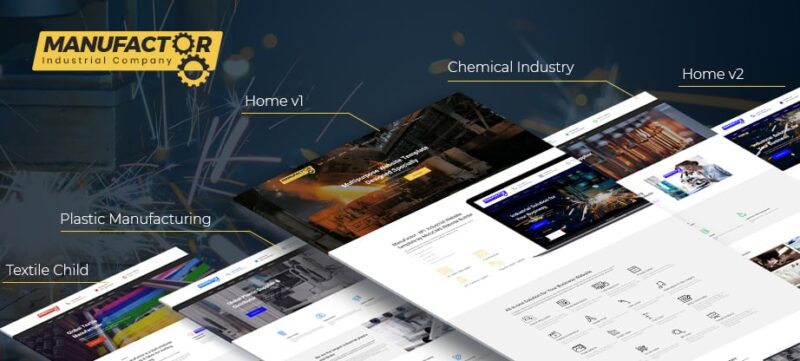
When it comes to designing industrial and manufacturing websites, there are several key elements that should be incorporated to ensure maximum impact and success. Let’s explore these essential elements that will set your website apart from the competition and resonate with your target audience.
1. Responsive Design:
In today’s mobile-dominated world, responsive design is no longer an option but a necessity. Your website should seamlessly adapt to different screen sizes, whether it’s accessed on a desktop, tablet, or smartphone. This ensures that your website looks and functions flawlessly across all devices, providing a positive user experience and reducing bounce rates.
2. Easy Navigation:
Navigating through your website should be intuitive and effortless for visitors. Implement a clear and logical navigation structure that allows users to easily find the information they’re looking for. A well-organized menu, breadcrumbs, and search functionality can significantly enhance user experience, encouraging users to explore more of your website.
3. Clear Call-to-Actions:
To drive conversions and lead generation, it’s essential to have clear call-to-actions (CTAs) strategically placed throughout your website. Whether it’s a “Request a Quote” button or a “Contact Us” form, CTAs guide visitors to take specific actions and engage with your business. Make sure your CTAs are visually prominent and compelling, enticing visitors to take the desired next steps.
4. Industry-Specific Imagery, Branding, and Content:
To establish credibility and resonate with your target audience, incorporate industry-specific imagery, branding, and content. High-quality images that showcase your products, manufacturing processes, and facilities can help build trust and convey your expertise. Utilize branding elements such as colors, fonts, and logos consistently throughout your website to reinforce your brand identity. Moreover, create informative and engaging content that addresses the pain points and challenges of your target audience, positioning your business as a trusted industry resource.
4. https://toptacdung.com/mmoga-project-management-website-templates-streamlining-your-success
5. https://toptacdung.com/mmoga-industry-4-0-adoption-rate-embracing-the-future-of-manufacturing
By integrating these key elements into your industrial and manufacturing web design, you can create a visually appealing, user-friendly, and highly effective website. These elements not only enhance the user experience but also contribute to better search engine rankings, increased conversions, and overall online success. Remember, your website is the digital face of your business, so invest in professional web design services that understand the unique needs of the industrial and manufacturing sector.
Best Practices for SEO in Industrial and Manufacturing Web Design
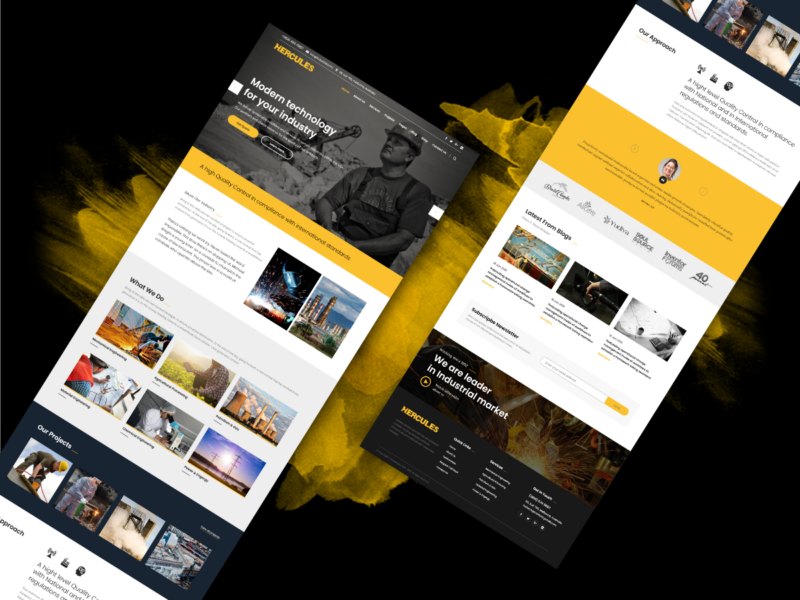
The Power of SEO for Industrial and Manufacturing Websites
In the vast online landscape, search engine optimization (SEO) plays a pivotal role in ensuring the success and visibility of industrial and manufacturing websites. By implementing effective SEO strategies, you can enhance your website’s ranking on search engine result pages (SERPs), increase organic traffic, and ultimately drive more qualified leads to your business.
Search engines, like Google, rely on complex algorithms to determine the relevance and quality of websites. By aligning your website with these algorithms, you improve your chances of being discovered by potential customers who are actively searching for the products or services you offer. SEO acts as a digital signpost, guiding search engine crawlers to index and rank your website appropriately.
Key SEO Techniques for Industrial and Manufacturing Web Design
- Keyword Optimization: Conduct thorough keyword research to identify relevant keywords and phrases that your target audience is likely to search for. Incorporate these keywords naturally into your website’s content, including headings, titles, meta descriptions, and alt tags. However, be cautious not to engage in keyword stuffing, as it can harm your website’s credibility.
- Meta Tags: Craft compelling and descriptive meta tags, including title tags and meta descriptions, for each page of your website. These snippets provide concise summaries of your content to search engine users, enticing them to click through to your website. Make sure to include relevant keywords naturally and create unique meta tags for each page.
- On-Page Optimization: Optimize the structure and content of your web pages to improve both user experience and search engine visibility. Ensure your website has a clear and intuitive navigation structure, making it easy for visitors and search engine crawlers to navigate through your content. Incorporate header tags (h1, h2, h3, etc.) to organize your content and signal its importance to search engines.
The Significance of Valuable and Relevant Content
While technical SEO techniques are essential, creating valuable and relevant content should be at the core of your industrial and manufacturing web design strategy. High-quality content not only engages and informs your website visitors but also establishes your expertise and authority in the industry.
Produce informative blog posts, articles, case studies, and guides that address the pain points and questions of your target audience. By providing valuable content, you position your website as a go-to resource in the industry, encouraging visitors to stay longer, explore more pages, and potentially convert into customers. Additionally, search engines favor websites that consistently produce fresh and valuable content, rewarding them with higher rankings.
Remember, a well-optimized industrial and manufacturing website incorporates SEO techniques seamlessly while prioritizing valuable and relevant content. By striking this balance, you can attract both search engine algorithms and human visitors, leading to increased visibility, traffic, and conversions.
Conclusion
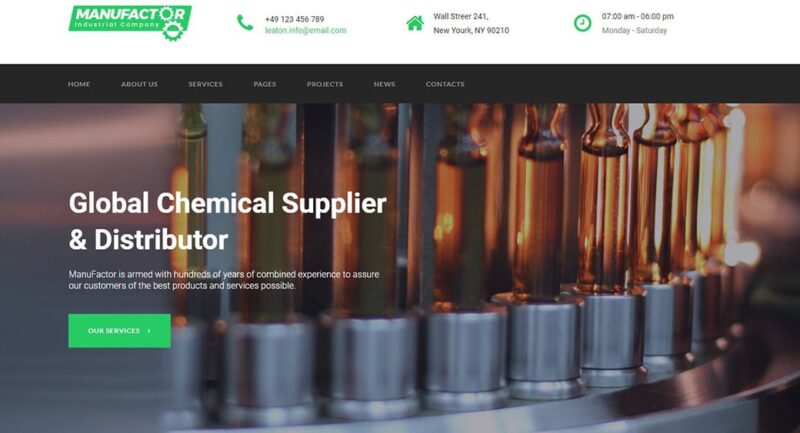
In conclusion, industrial and manufacturing web design plays a pivotal role in the success of businesses operating in this sector. As we have explored throughout this article, a well-designed website tailored to the unique requirements and challenges of the industry can make a significant difference in attracting and engaging potential customers.
By incorporating key elements such as responsive design, easy navigation, and clear call-to-actions, industrial and manufacturing websites can create a seamless user experience that guides visitors towards desired actions. The use of industry-specific imagery, branding, and content further enhances the website’s appeal and establishes a strong brand presence.

